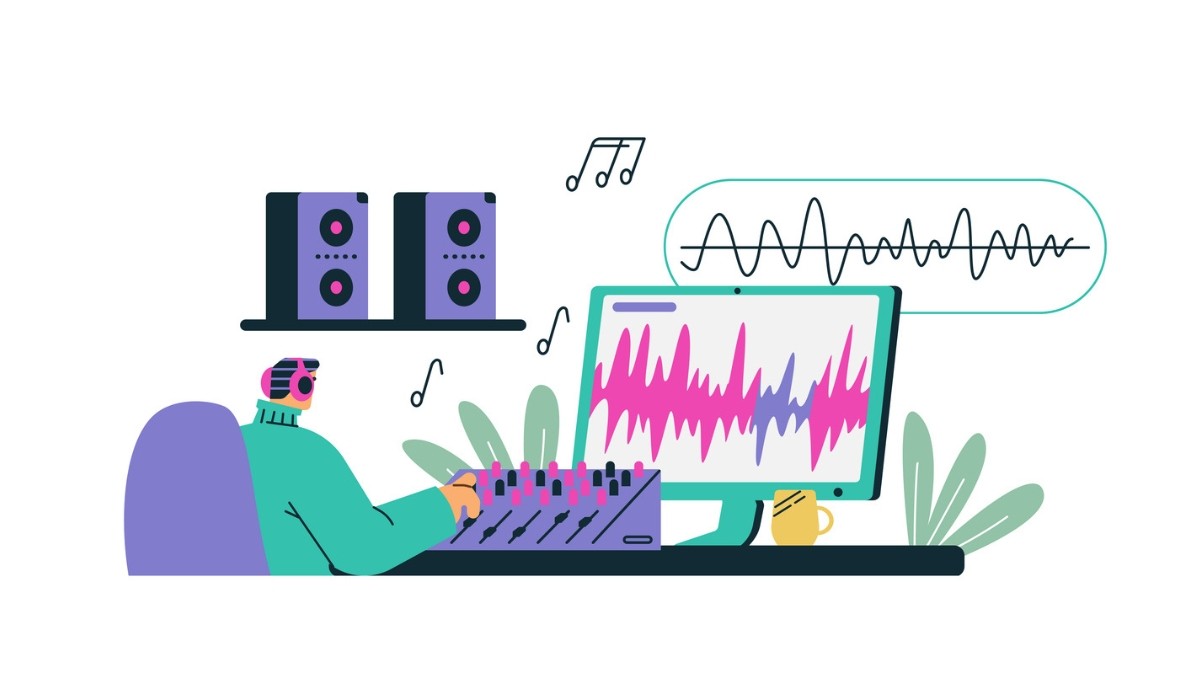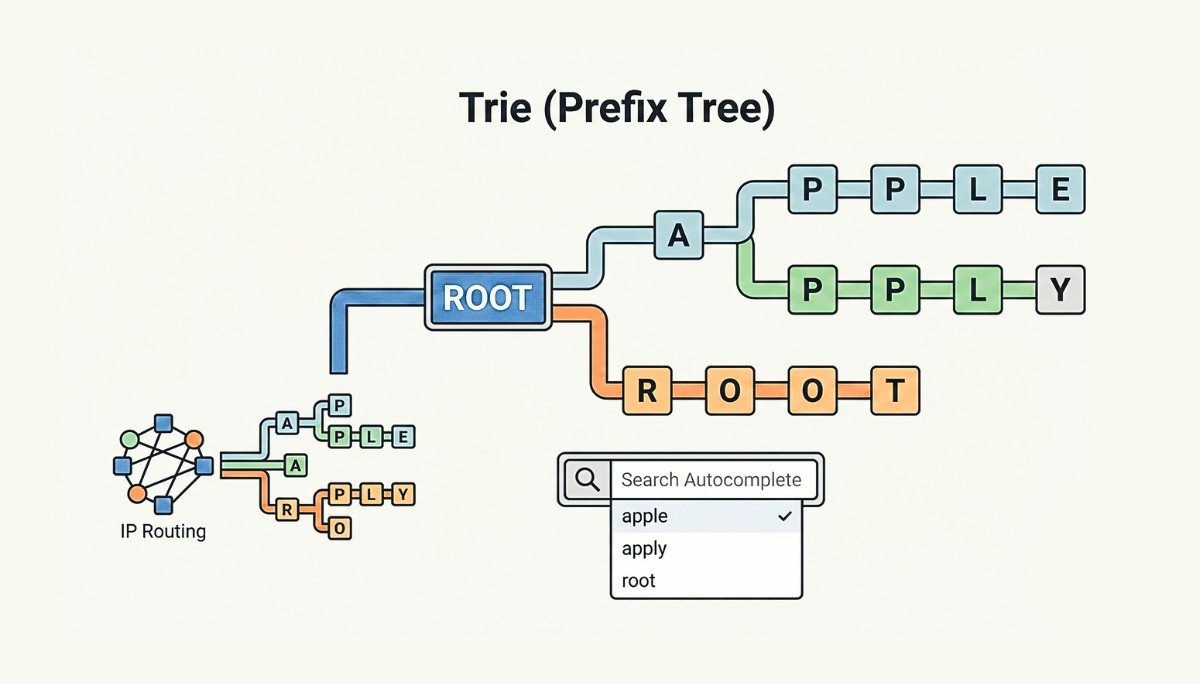Agentic Chunking and Retrieval: Smarter Memory for Smarter AI
By
Liz Fujiwara
•
Aug 6, 2025
Agentic chunking is a powerful cognitive strategy that enhances memory retention and information processing by breaking down complex information into smaller, manageable parts. Drawing inspiration from principles in agentic artificial intelligence, where autonomous agents actively organize and manage tasks, this approach helps individuals improve focus, reduce cognitive overload, and boost task performance. By structuring information into meaningful chunks, learners can more easily understand, remember, and apply new knowledge.
This article explores the science behind agentic chunking by explaining how it leverages both human cognitive capabilities and AI-inspired methods to optimize learning. It also covers practical applications across various fields such as education, workplace productivity, and technology.
Key Takeaways
Agentic chunking enhances memory by breaking down information into smaller, relatable segments, fostering cognitive flexibility and efficiency.
The technique aligns with the brain’s natural processing tendencies, improving retention and retrieval of information through organized grouping and mnemonic aids.
Agentic chunking has practical applications across various fields, including education and professional settings, by simplifying task management and enhancing overall cognitive performance.
Understanding Agentic Chunking

Agentic chunking is a memory strategy that enhances the encoding, storage, and retrieval of information by breaking it down into smaller, familiar segments. This technique, known as chunking, has been used for decades to improve memory recall and understanding. However, agentic chunking takes this concept a step further by incorporating principles from agentic AI, creating a framework that significantly boosts cognitive flexibility and efficiency in task completion.
By leveraging these advanced chunking techniques, individuals can manage tasks more effectively and improve memory retention. The combination of traditional chunking strategies with agentic AI leads to enhanced cognitive performance, making it easier to handle the complexities of modern life.
Agentic chunking is a crucial tool for enhancing cognitive abilities and streamlining daily activities through meaningful organization of information into manageable chunks.
The Science Behind Agentic Chunking
The human brain has a natural inclination to cluster information into meaningful sections, a process that significantly enhances cognitive efficiency. Effective chunking strategies facilitate quicker retrieval of information from memory, making it easier to recall important details when needed. This is because our working memory can optimally handle about seven chunks of information at a time, making chunking an effective way to manage cognitive load.
When information is organized into smaller, interconnected units, it is held more efficiently in short-term memory. This lightens the load on our cognitive systems, allowing for quick processing and easier integration into long-term memory through rehearsal and repetition. The brain’s natural tendency prefers this method because it simplifies the organization of information, leading to better retention and recall.
Agentic chunking works by breaking down large information sets into smaller, contextually meaningful segments. This not only supports short-term memory but also aids in the gradual integration of information into long-term memory, enhancing overall learning and memory retention. Agentic chunking enhances our ability to learn and remember complex information by aligning with existing cognitive processes.
Practical Applications of Agentic Chunking

Agentic chunking is not just a theoretical concept; it has practical applications that can significantly improve various aspects of our daily lives. Reducing cognitive load through agentic chunking enables the brain to better understand and retain information. This is achieved by establishing clearer connections between new and existing knowledge, promoting better learning outcomes.
The applications of agentic chunking extend beyond academic settings. It can be integrated into daily routines to enhance information retention and task management. Whether you are:
Organizing your to-do lists
Enhancing your study habits
Improving your professional workflow
Agentic chunking provides a structured approach to managing information and tasks efficiently.
Organizing Daily Tasks
In everyday life, managing tasks can often feel overwhelming. Agentic chunking enhances cognitive flexibility, allowing individuals to handle smaller segments of information more effectively. Streamlining to-do lists through categorization helps improve focus and prioritization, facilitating the completion of important tasks.
This method also aids in better time and resource management. Breaking down complex tasks into smaller segments increases task completion rates and reduces the stress of managing multiple responsibilities, especially when dealing with multi-step projects.
Enhancing Study Habits
For students, comprehending complex subjects can be a daunting task. Agentic chunking helps by breaking these subjects into smaller, digestible parts, making it easier to understand and remember the material. This technique aligns with the brain’s natural tendency to organize information into manageable units, thereby enhancing memory retention.
Mnemonic techniques, such as creating catchy phrases or acronyms, can further aid in remembering lists of information. Developing mnemonic devices like rhymes or acronyms helps students retain complex information more effectively. These methods not only make learning more effective but also more enjoyable.
Professional Development
In the professional realm, agentic chunking can enhance project efficiency by breaking down workflows into clearly defined phases. Organizing tasks into manageable segments helps professionals reduce overload and boost productivity. This approach not only streamlines complex projects but also fosters a more organized and focused work environment.
Techniques for Effective Agentic Chunking

Understanding and implementing various techniques enhances information retrieval and cognitive performance, maximizing the benefits of agentic chunking. Creating semantically coherent text segments with agentic chunking improves focus and reduces distractions.
Additionally, time chunking can be employed to allocate specific periods for tasks, promoting sustained focus and better results. Different chunking methods can be tailored to suit various needs and contexts, including:
Fixed-size
Recursive
Semantic
Document-based approaches
Group Information by Relevance
Grouping information by relevance is a powerful technique that simplifies recall and significantly reduces cognitive load. For instance, microlearning involves breaking information into small, manageable units, while organizing training curriculum to group items into modules can make complex subjects easier to grasp with relevant content.
Categorizing specific tasks and focusing on one chunk at a time enhances work outcomes and task management efficiency. This method not only makes information more accessible but also promotes clearer focus and better task management.
Use Mnemonics and Acronyms
Mnemonics and acronyms are invaluable memory aids that can significantly improve both short-term and long-term memory retention. Creating an acronym from the first letter of a list or developing catchy phrases can simplify complex information and make it easier to recall.
These techniques anchor information in our memory, enhancing our ability to retrieve it when needed.
Visualize Information Clusters
Visualizing information clusters is an effective technique that enhances memory by:
Creating mental imagery that links information together
Forming vivid mental images of clustered items, which improves retention
Simplifying recall tasks
Incorporating visualization into your chunking strategy can lead to improved cognitive flexibility and task efficiency. This approach not only makes information more memorable but also more accessible, aiding in quicker and more accurate information retrieval.
Integrating Agentic AI with Chunking Strategies

Integrating agentic AI with chunking strategies offers a powerful way to handle extensive text inputs effectively. An AI agent can facilitate agentic chunking by dividing large texts into smaller, contextually meaningful segments, making them easier for language models to process within their contextual limits.
This process includes cleaning the text, splitting it into coherent sections, and labeling them for easier retrieval. Maintaining semantic coherence and providing relevant retrieved data with agentic chunk information enhances response accuracy in retrieval-augmented generation systems and improves search results for user queries through query routing in RAG systems, providing more context.
This method adapts quickly to the semantic content, providing flexibility and improved retrieval efficiency.
Benefits of Agentic Chunking
Agentic chunking offers numerous benefits, including enhanced memory and cognitive performance. By grouping information into meaningful pieces, chunking increases recall and decreases stress, leading to improved memory retention.
Utilizing chunking strategies streamlines information processing and enhances understanding, reducing cognitive load. Visual representations of grouped information can significantly boost cognitive processing and memory retention, contributing to better efficiency and overall cognitive performance.
Challenges and Limitations
Despite its many advantages, agentic chunking is not without challenges and limitations. In complex scenarios, multi-agent systems are often required to manage specific roles such as retrieval, validation, or reasoning within an agent framework. When faced with uncertainties, one agent determines how to navigate the lack of definitive answers in the process, particularly when dealing with complex queries in traditional RAG and agentic RAG systems.
Working with large language models in agentic chunking can introduce delays and inconsistencies in performance. Additionally, it is essential to incorporate appropriate failure modes to handle errors effectively when implementing AI agents.
Future of Agentic Chunking

The future of agentic chunking lies in its ability to adapt and evolve alongside advancements in AI and cognitive techniques. Agentic workflows are driving progress in AI systems, shaping how chunking strategies are integrated.
There is significant potential for agentic chunking to enhance retrieval strategies in next-generation AI technologies. By combining principles from agentic AI and chunking-based memory strategies, this approach promises to further boost cognitive flexibility and efficiency, paving the way for smarter, more effective AI systems.
Summary
Agentic chunking is a powerful approach that combines traditional memory strategies with the capabilities of agentic AI to enhance cognitive performance. By breaking information into smaller, meaningful segments, it improves memory retention, reduces cognitive load, and facilitates more effective learning and task management.
Looking ahead, the integration of agentic AI with chunking strategies promises to revolutionize how we process and retain information. This approach not only benefits individuals in their daily lives but also has the potential to transform AI systems, making them smarter and more efficient. By using agentic chunking, you can experience greater mental clarity and improve your ability to learn and retain information.




